24 Simple UX Tutorials for Web Designers 2024
User Experience design is one of the most important aspects of professional web design. The design isn’t necessarily how something looks, it’s how something works, as the late Steve Jobs would say. Learning great UX practices can eventually pay huge dividends in the number of people who use your apps, software, or websites. UX designers work rigorously with wireframes, analyzing user testing and learning about individual element performance. UX designers need to learn how to create personas and personalize designs for each personas. There is so much that a UX designer needs to do.
Think of it in simple terms: the user experience of anything you build will be the ultimate user experience when interacting with your creation. Would you want this experience to be uneasy or perfected to absolute perfection? Of course, the latter is your choice, but to achieve such results, one should become a UX designer, which will need the help of books, a mentor, and a lot of time to practice the UX process. Perhaps this approach is more welcoming to those who work with platforms like WordPress. For those kindhearted souls, we recommend UX tutorials. What better way to learn about the latest trends and specifications if not directly from UX experts?
The following UX tutorials come from the last 3-4 months. We put in extra effort to make the tutorials as versatile and helpful as possible. We can’t help but be in awe of knowing that you are about to uncover a new reality by learning from these expert UX tutorials. Please, get in touch with us to include you amongst the best.
UX Requires a Puzzle Mindset
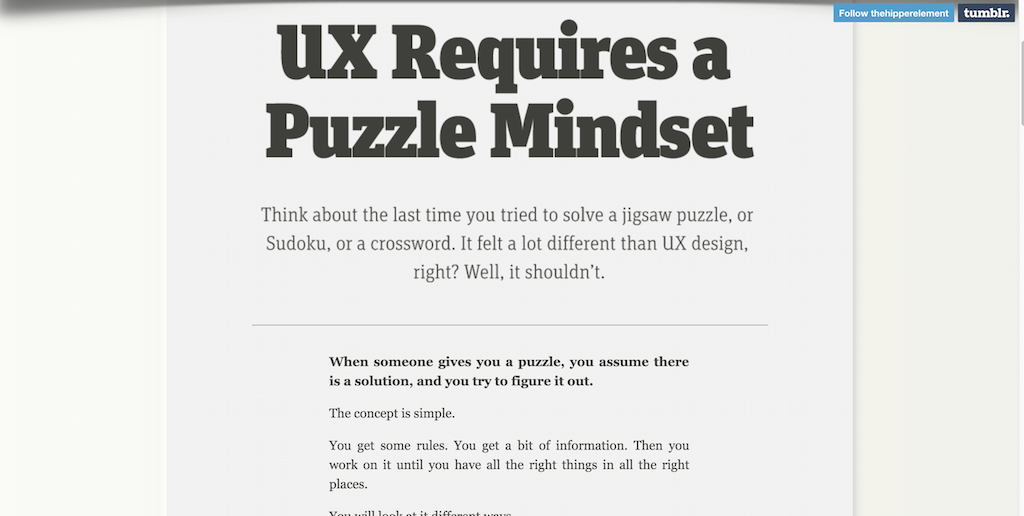
This is a nice little inspirational snippet about the UX design puzzle approach. This comes back to what we have talked about before. It is the need to establish a design UX that resembles the UI. Both of these can work together in achieving the desired design result. Perhaps a little over-toned, but valid advice and something to pin on a wall when doing UX design yourself.
Getting Started with Wireframes

Wireframes are the creative platforms that allow designers to explore their idea on paper/sketch before it comes to fruition. Wireframes aren’t just for that either, they’re an important aspect of creating designs that would need to be structured by multiple people (teams) because everyone always needs to know the latest features and what is yet to be implemented.
The same way an architect will present his blueprint of a house you wish to have built, a designer will present his wireframes to anyone concerned about the final result. While many believe that wireframes are a total and complete waste of time, they’re known as some of the most productive parts of building a design. Not only can you present ideas clearly without having to write/design any production code, but you can also, in the process, learn more about your design as it reaches a more visual appeal.
We are very pleased with the result of this article, and you’ll quickly be caught up to speed about wireframes, and why they matter for UX and UI designers.
How rethinking the Airbnb app changed the way we approach design
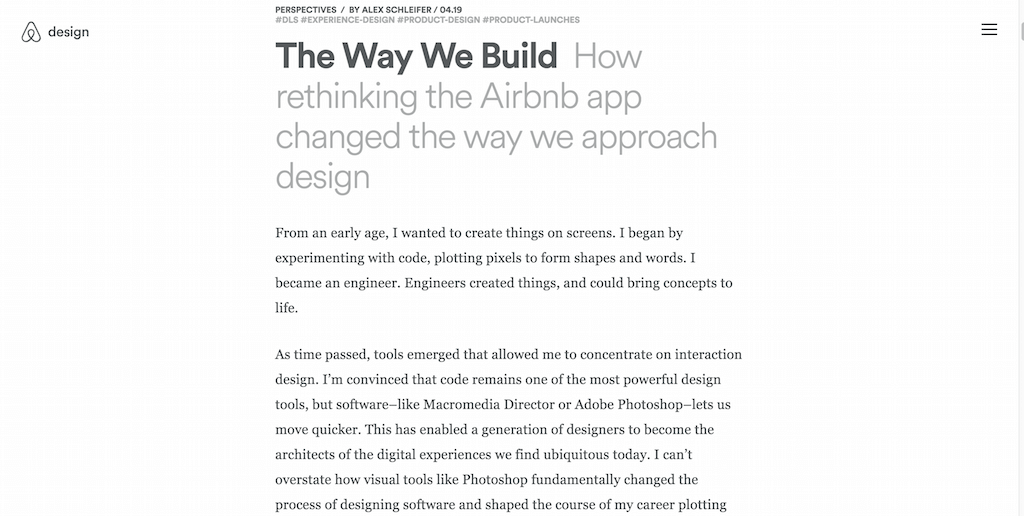
Learning truly exceptional UX practices takes a long, long time. It does so because you are always dealing with new demands, new customers, and new creative minds who all want to be a part of the bigger picture. That’s why UX designers get such a huge reward for their work at the top tech startups, it’s because these guys dedicate their lives to create something so unique that no other designer will be able to match it without his very own team, and needless to say — who wants to copy other people’s work anyway, when you’re working in the most rapidly evolving industry.
AirBNB has some understanding of this. Because of their appeal to the programming and designer communities, they regularly share their code, designs, and stories of how they achieved success in a particular business area. This time, they share their AirBNB application story, and how it led to new ideas about design, usability, and user experience.
Designing For The Internet Of Emotional Things
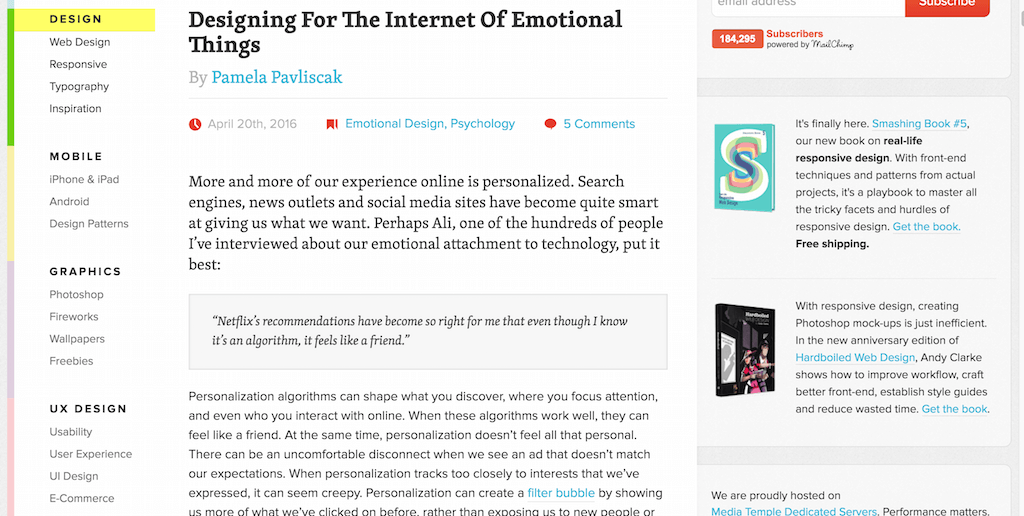
Internet, the Web, is like your own personal bedroom. You have access to hundreds of thousands of ways to personalize your own web browsing experience. With the expansion of new technologies and the integration of psychology within web design, personalization requests are becoming much more frequent. These days, even emotions are making it big into the design ecosphere, and who is to blame? Psychology and human emotions are tangible things that can be targeted through web design, but it always comes back to being called personalization. We got an in-depth overview of how emotions work in design and how businesses are creating apps with emotion in mind. The future of internet looks as far as psychological design is concerned. Great read, will take at least 2 good cups of coffee to read and digest!
Product Listing UX
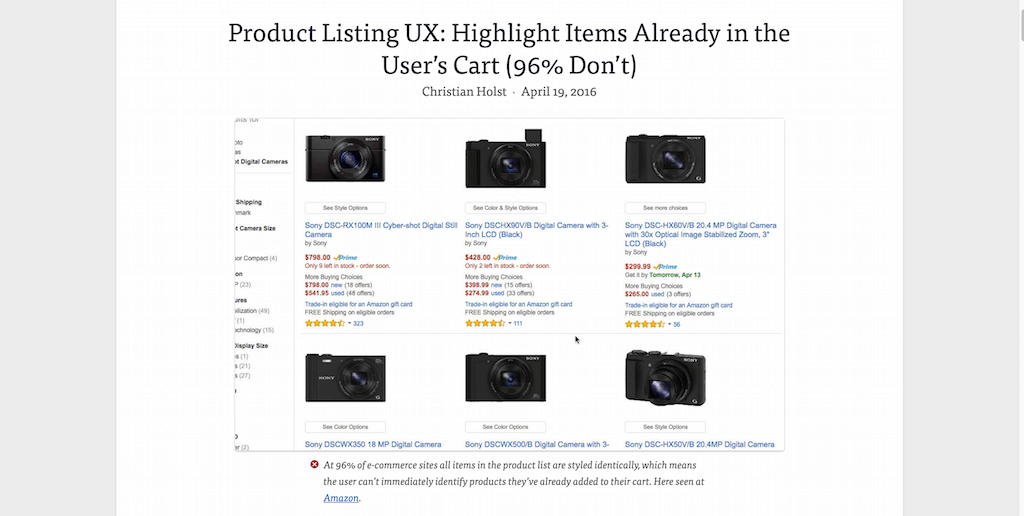
Online business, the eCommerce industry, can get hit hard by making design mistakes. A mistake is costly, especially where performance and UX are concerned. Sites like Amazon and Bestbuy need to work extra hard to ensure that both performance of the online platform and the user experience can come together in one single union to provide a flawless shopping experience. And while we agree that majority of the problems have been solved with modern thinking, there are still factors that come into the play when we consider things like personalization or simple common sense.
How many of the last 10 eCommerce purchases you made on individual platforms gave you information about the products you had in your cart while shopping for more items? We can only guess that the number was not higher than one, probably zero. And it makes sense, that’s why this article exists in the first place. Take a look at how telling customers what they’re already buying can increase engagement and customer satisfaction.
Practicing Empathy in Product Design
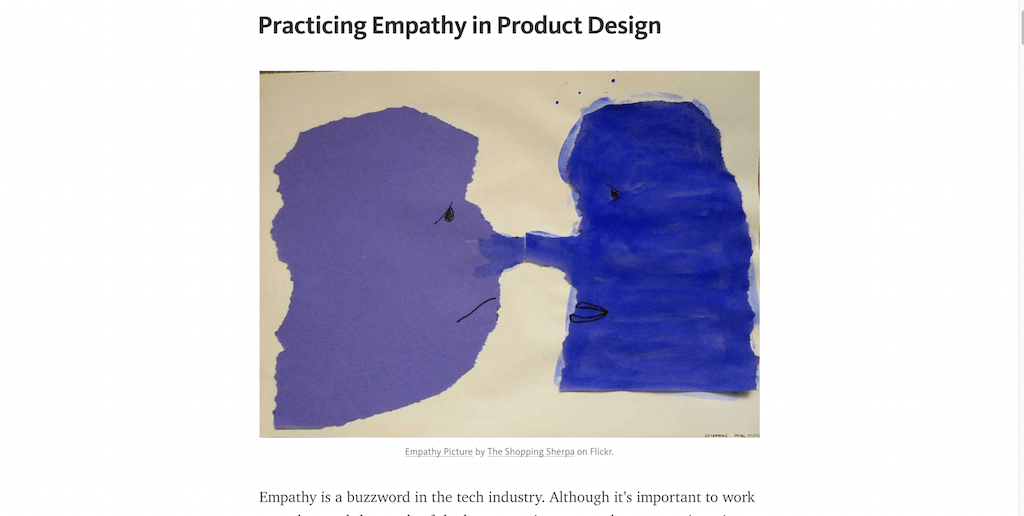
Empathy is an emotion you will hear saying those who have mastered the art of compassion, emotional control, or perhaps anyone with a psychology degree. Empathy helps us tune in with other people, and understand their feelings without the need to judge. Finding empathy in design is just as important as in real life. You’re still presenting your product to a real person, and what could be better than giving the user an experience based on compassionate understanding and empathy.
These approaches require a little more thorough research, but will often come back to the same principles, so the big topics you will only need to learn once. Take a look at how Amy does it, and what are her views of her experiences with design empathy while working in the Bay Area and beyond.
Young Adults/Millennials as Web Users (Ages 18–25)

Does it come as a surprise to learn that Millennials are high-tech adapted, and can understand the basic functionality of the web well? It’s nothing new. The 90’s kids know what’s up when it comes to the web, and while some haven’t chosen direct technology paths themselves, the understanding of how design works on the surface level is comprehended by pretty much everyone. The research here gives some insights and clues as to where to look next when designing the next big app/product/idea for the previous generation. Millennials are often seen as individuals who have deep pockets, but perfection is the only way to access them.
Designing complex products
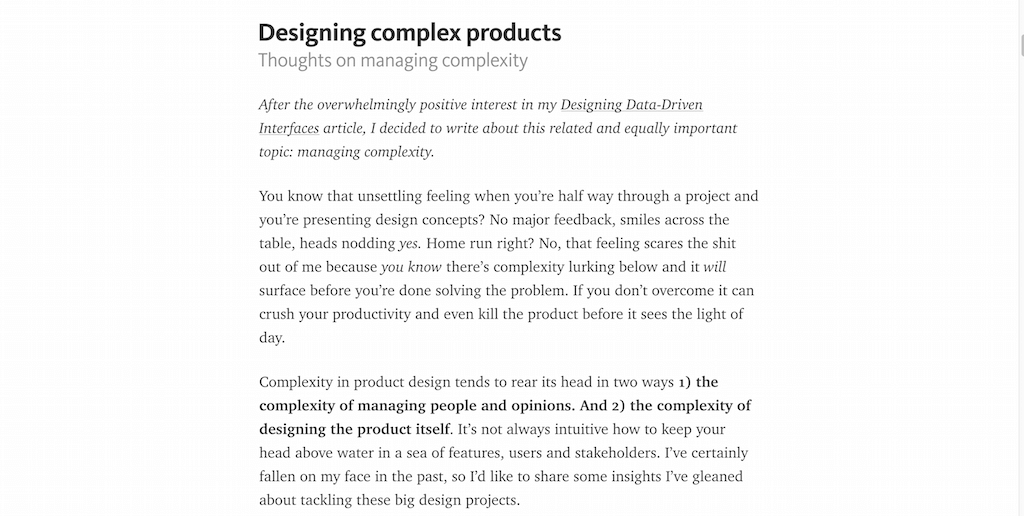
Complexity will always be a part of the design. Something needs to be created, understood, and recreated to reduce the level of complexity that it was first sitting at. Design complexity surfaces in many forms, but in particular when it comes to designing products.
Coming up with an idea for a product is ten times easier than actually designing one. In a team, you’re never the only one with the full influence of what you are building, so you need to rely on opinions and other peoples experiences to create the result, of course, all that makes a good amount of sense, but it doesn’t take away from the fact that designing is a very complex process. So this tutorial is all about complex designs, and how to reduce complexity through common sense and the common practice of good etiquette. Some truly inspirational material, worth discussing over a team meeting.
In Search of the Ultimate User Experience

Designers, developers, and creatives will continue exploring and discussing user experience until the end of time. We all perceive it differently, yet many of the foundations of UX designs tend to be the same, it’s the unique functionality we want to bring to the user that requires more in-depth thinking process about the end-goal as far as UX goes.
In traditional philosophy, it is hard to describe a product perfect — perfection isn’t something we can attain, unless we perceive it to be perfect. There will always be someone who will come along and call our product ‘rubbish’, yet in our view — it seems perfect. And that’s the irony of web design. Room for improvement, the door for it is always open. This extensive and marvelous piece from Typeform talks about the inside aspects of user experience design. Even the most inexperienced can find their way around creating more meaningful user experience features for their users.
Difficult Designs Are Better (for Humanity)
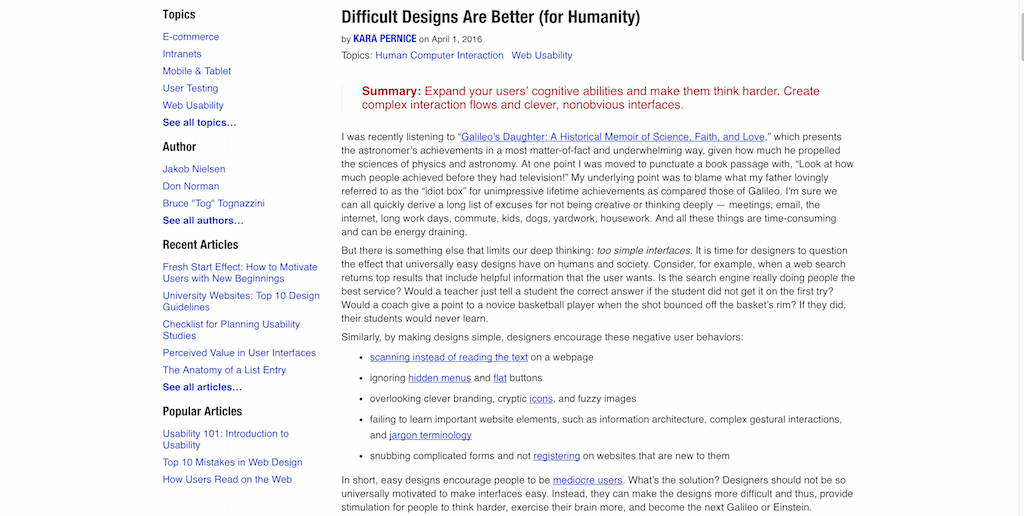
The levels that we can comprehend about design are innumerable, there are far too many dimensions that come into the process of design and the way it affects the global community. Consider Google, for example, the most visited website globally, yet the design is simple and minimal. Users don’t have to scratch their heads to find a feature or perform a search, but what we have here in this tutorial/research is the proof that making designs more difficult, more complex, could be beneficial to humanity to help increase cognitive thinking abilities. An interesting approach will receive more research as the digital connectedness landscape continues to widen and prosper even.
5 Design Secrets from the Kids Who Will Replace You
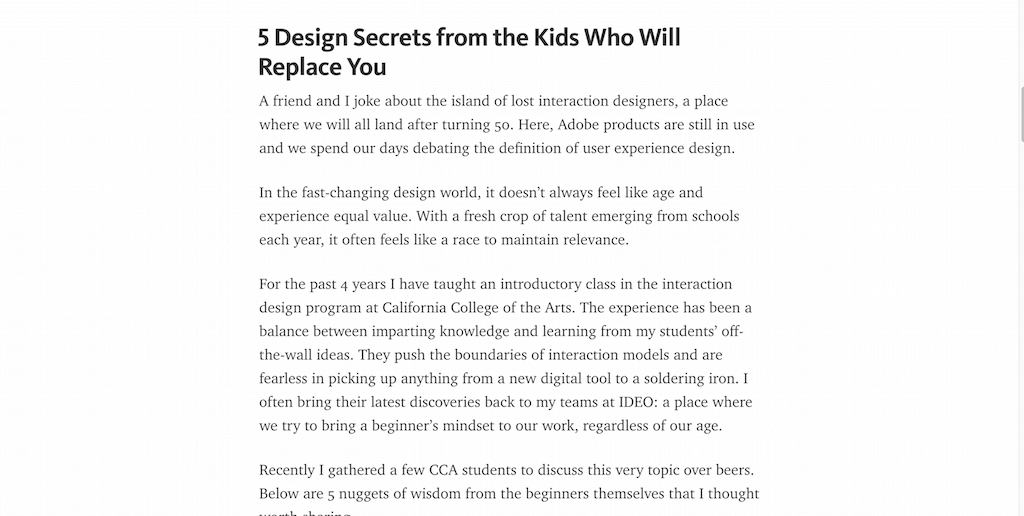
Isn’t it crazy to think that you will become too old for your job one day? And guess what…those working in the designer industries, that day might come MUCH sooner than you thought. Newcomers to the industry are as young as 5 years old, coming up with revolutionary ways to approach design, the kind of designs that even kids would understand! Hmm…is everything being labeled a kid? Or are we just learning how to make the design more approachable, and available to everyone? This Medium article will depict the story in full detail.
The Differing Roles of the UX Designer
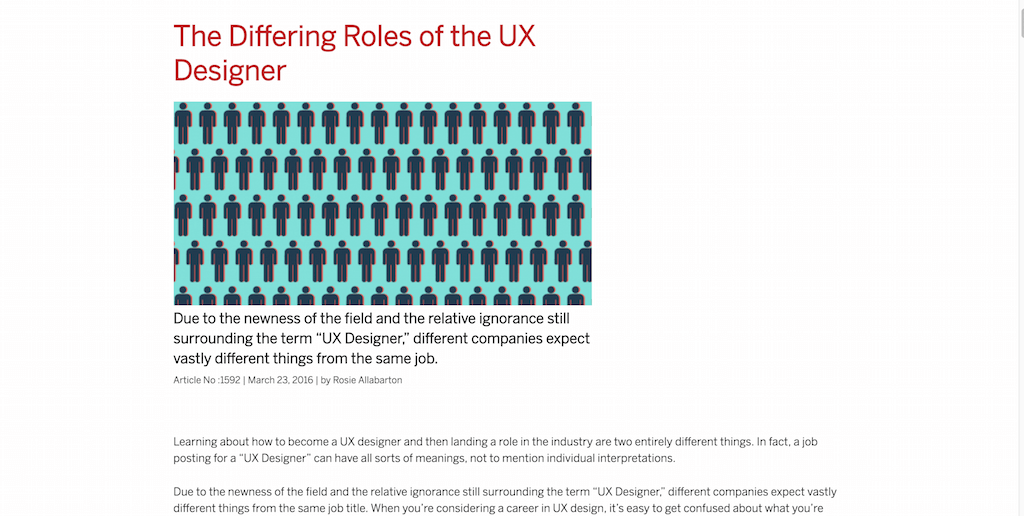
If you aren’t experienced, hearing the words UX designer might mean to you that someone is a user experience designer, but that’s a very limited approach. The job of a UX designer is much more than just being a user experience designer, the UX guy has a lot of tasks on his hand, all of which complement the end result of his magnificent creation.
First of all, UX designers have to conclude their own research about the customers/users they are building for, then they have to move on with the process of making an actual design, the next step would be to start testing and benchmarking the design, and then, of course, the last bit, which is the part where the UX designer works closely with his developer team to actually implement the damn thing! Wow…the life of a UX designer is truly busy, but this article will tell you more. Sit back and enjoy.
Finding your own style as a designer
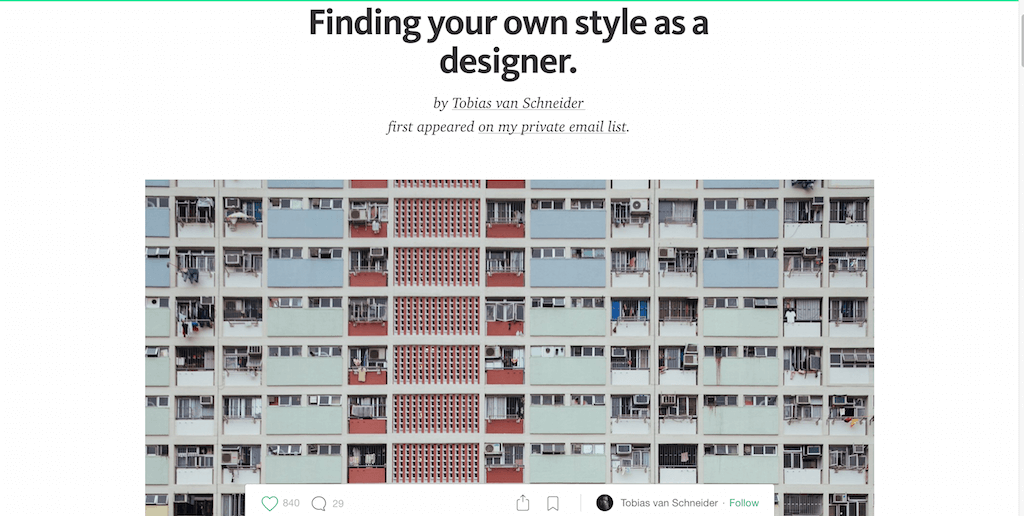
What sets fashion designers apart? It’s their style! It’s that simple, yet when we think about what sets apart UX designers, the argument that it is style can be quite invalid. This is because UX designers will often work with their own concepts and ideas, but still yield a great deal of understanding from the basics of how the internet works, or how any application works. But, the case is also strong to support designers actively using their creative skills to create more meaningful design experiences through personalization and understanding of emotional intelligence in design. The writeup here covers a question that a designer had asked Tobias, as to how to find your own design style, and Tobias talks about whether that is necessary.
Interesting topic!
Unintuitive Lessons on Being a Designer
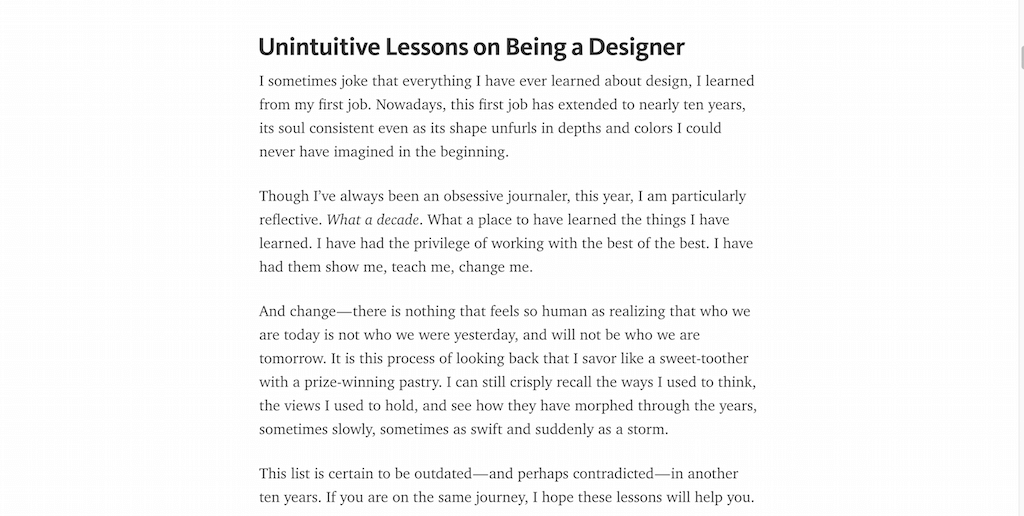
Want to learn what good design looks like from someone who has spent ten years designing for Facebook? It’s not often that these highly professional people just come out of their shells and share what they have learned; but Julie is different, because that was her first serious job, and she managed to stay with the company for more than 10 years. What an amazing achievement, and she has decided to document some of her experiences through Medium writing. The first of the many is about the design, and the lessons that she was able to take away with her, lessons that were accumulated over a full decade!
Ten years is a long time, yet it is very evident that she has been greatly rewarded for her efforts, and seems that her zeal for design is ever burning, ever ignited and alive. The ten things she talks about will discuss aspects like the designers vision, the importance of putting together a team of designers and other experts to help execute your great ideas, and so many other sensitive topics that you wouldn’t otherwise learn about unless someone put it out there on the web for you to read, even books struggle to cover some of this stuff in-depth. Still, Julie’s experience is speaking for itself, loud and clear and with determination!
Designing With the User’s Context in Mind

Design and context are no strangers to each other, yet if you put these guys in a room that talks about two different things and both have to choose one, you kind of lose touch with both of the elements. And that’s not great for where design is concerned. There needs to be context, there needs to be the context for design, and context for content, and it needs to be equal to each other so that both can work together on providing your users a seamless experience. The number of ways that a user interacts with your designs, it’s going to be difficult to document them all…but certain types repeat themselves more than others. In the tutorial from Shopify, you will learn everything about the process of designing with context, and how context affects the design, and user interaction.
How To Integrate Motion Design In The UX Workflow

Design is an inspiration, but the ability to inspire your users through design — that’s a masterful use of your craft. And motion design is quickly becoming one of the hot trends for startups that want to excel at making customers feel valued and cared for in authentic ways.
Motion design allows you to add an extra layer of personality to your designs. Users will undoubtedly notice, and understand that you are making these experiences for them, not for anyone else. And that is the big moment when the user’s brain registers that you care for them so much that you went out to personalize an app experience with motion design. It sounds a little sketch here in this description, but let me reassure you that once you finish reading this tutorial from Mark Di Sciullo, you will know exactly what I am talking about, and how incredible this approach can be to expand your designs, and increase the valuation of your apps user experience. It’s deep, it’s technical, and it’s full of design insights!
Design Details – Stripe Dashboard
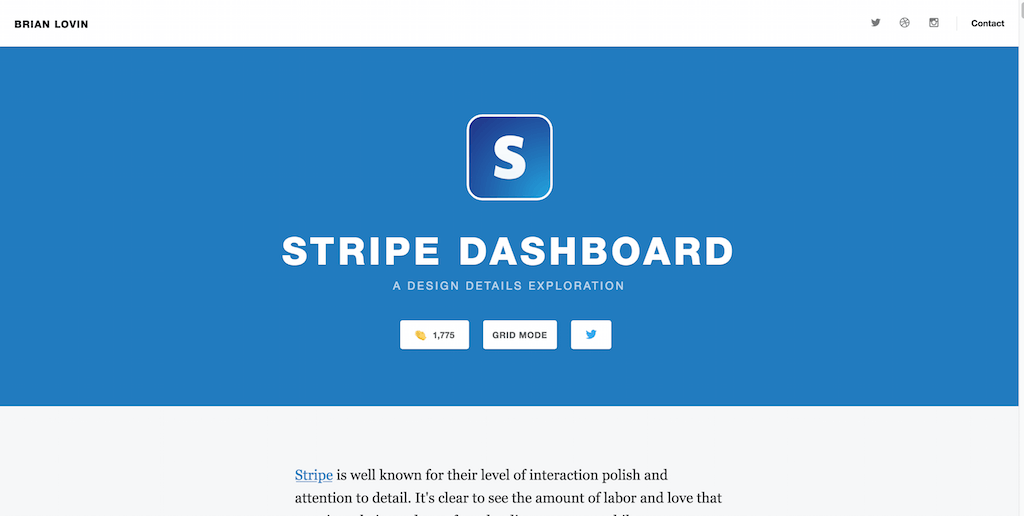
Stripe has managed to change its “face” a few times, but as it has happened, each time has delivered a more promising experience than the one before. Stripe provides an exceptional product, and it’s definitely known for it. Still, it’s also known amongst many expert designers like the one company that puts in the mileage to create authentic, original and most definitely stunning designs! Here is a recap of how Stripe built its mobile dashboard for its iOS application. The app is a phenomenal culmination of what the modern UX design field can provide, and there’s a reason designers still talk about Stripe’s design standards today. These guys have found some incredible talent, and we can’t help to think how much it costs to maintain that talent!
Hierarchy of Trust: The 5 Experiential Levels of Commitment
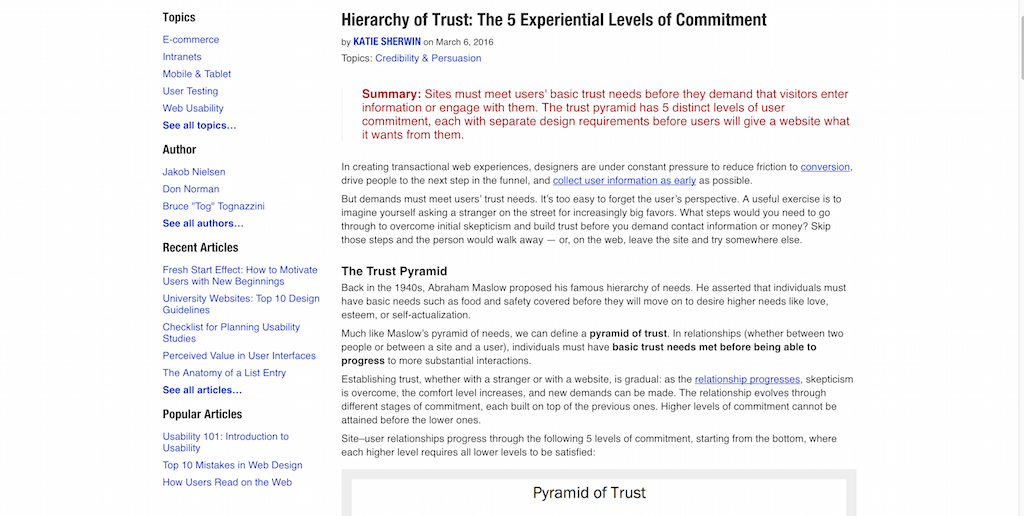
Another huge part of UX design is trustworthiness. How does your design invite trust into people’s minds? Especially if you are dealing with sensitive information: forms, payments, submissions, etc. People want to know that your website can be trusted, and there are tons of elements that go into achieving that result of trust from the moment someone glimmers over your pages or apps. Take the following tutorial as a starting point to understand where trust comes from in design, and how you can begin to craft more trustworthy designs, not that you aren’t doing it already — it just helps to know the side of the story that comes from the customer himself.
UX Research: 7 Reasons B&H Photo’s Mobile Site is Best-in-Class
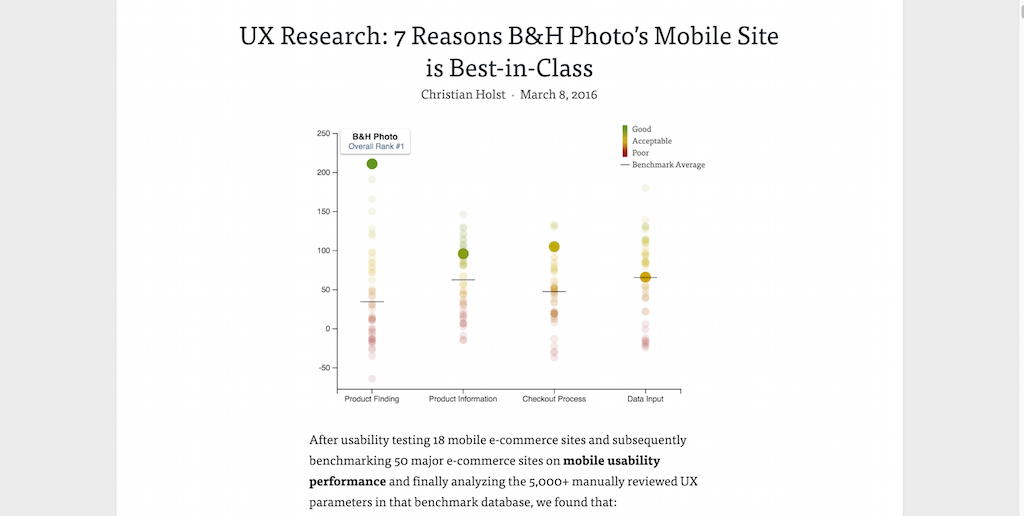
We have to hand it over to the guys who have the will and the patience to conclude large scale studies to help understand the industry better. And this time, we’re analyzing and learning more about none other than mobile eCommerce websites. This study concludes several aspects of mobile website design, its daily performance, and how well UX designers have adapted to modern ways of operating eCommerce business apps.
The seven tips for improving mobile design are thoroughly explored and provided with a ton of examples and important points that will put you amongst the top 10 mobile websites out there, simply because competition cannot be bothered with improving their own apps to reflect this performance, and what’s more, this research is very recent, so you’re getting a lot of interesting things to play with before everyone else does. Try and make the most of it.
Designing for Series A
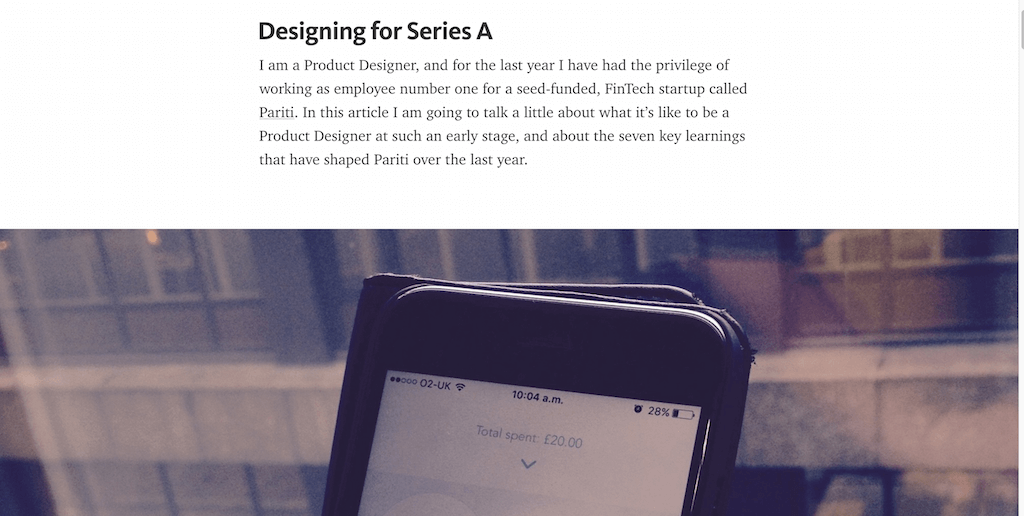
It’s happening all the time, you walk into a cafe and a guy is sitting at the table with his Macbook. What does this guy have in common with all the other people surrounding him? He’s trying to build his own app to make it big in the tech app world, and he has a very slim chance of success. However, some do get through, and those that do — they still need to learn about the importance of funding, and how to reach the app level that would be able to attract a Series A to ensure a stable feature for your application.
That’s the story we’re running with here. How to go from a product designer to someone who has helped shape the past, the present, and the future of an application that has successfully acquired Series A funding and is now on its way to achieving great things in life. Personal stories from real people who work for real companies will always be full of juicy information, and this one is no exception to that rule.
Four Things Great Designers Care About

The resources for learning UX are truly diversified, and putting everything into one place will be very hard. That’s why you see other designers encouraging fellow beginners to simply get out there, in the real world, and practice their design skills. That’s the best way to learn, at least once you reach a certain point. And that certain point could be the understanding of what a designer needs to care about, or what he does care about when creating a new design. We have already covered some of those things in other tutorials from this post, such as empathy, but what about the actual art of design, and what about asking questions to get better answers? There’s something more to design than meets the eye, and in this post from UX Mag people, you will learn exactly what!
8 habits of awesome UX designers
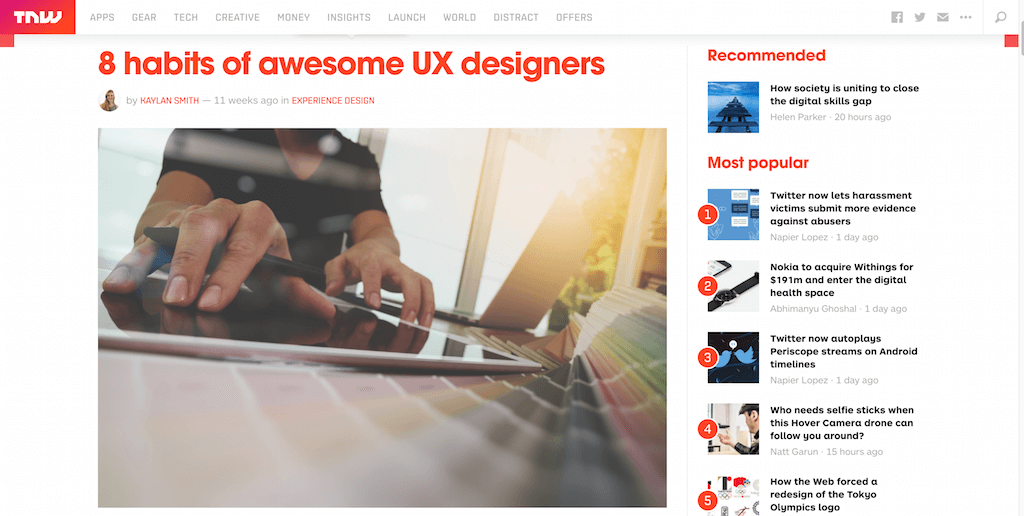
UX designers are inevitably going to develop habits. Seriously, everyone develops habits even if they don’t work! That’s the beauty of life right there. As an aspiring UX designer, you probably want to know what the experts use to make their workflow smoother. You want to learn about the habits of these pro UX designers, and finally, an answer has come. A piece from Kaylan discusses the most prominent habits that many industry expert UX designers share amongst themselves. Now you can too, become like one of them, just another puppet in the box! Hah, we’re just kidding. The tips are great and should give you room to breathe if you were struggling in areas concerning productivity.
The Future Is Near: 13 Design Predictions for 2022
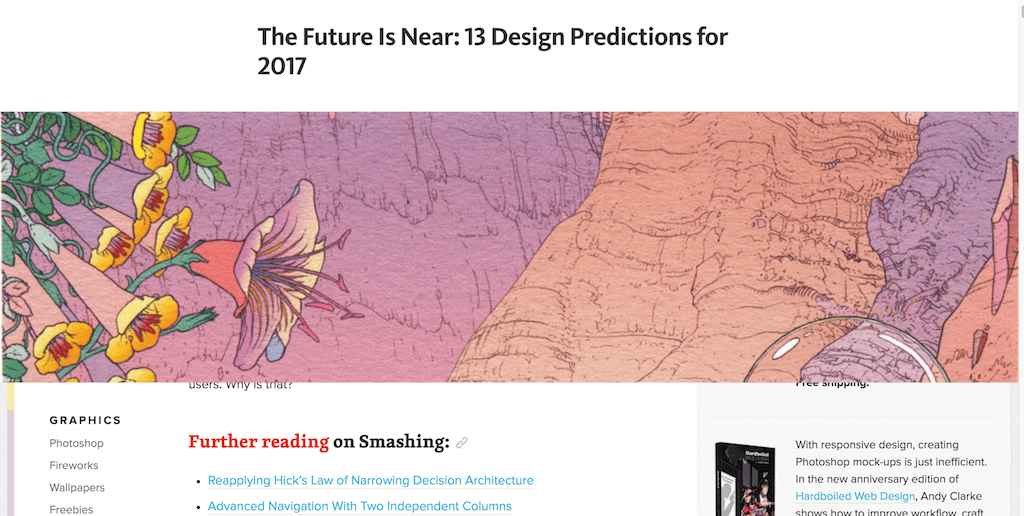
Thanks to demand, the design is always evolving. That’s what happens when billions of users believe in the idea of design. The process of evolution is greatly accelerated and we can experience huge shifts and changes at a more rapid pace. That’s what we have got going on here. There exists several predictions that could come true by the time the year 2022 arrives. It’s an interesting approach to leap that far into the future early in the year. It’s indeed happening, and seeing how many predictions will become true will be lovely. We feel that the number could be anywhere from 1 to 13. It’s anyone’s best guess on what’s happening in design over the next few years.
Combining UX Design And Psychology To Change User Behavior
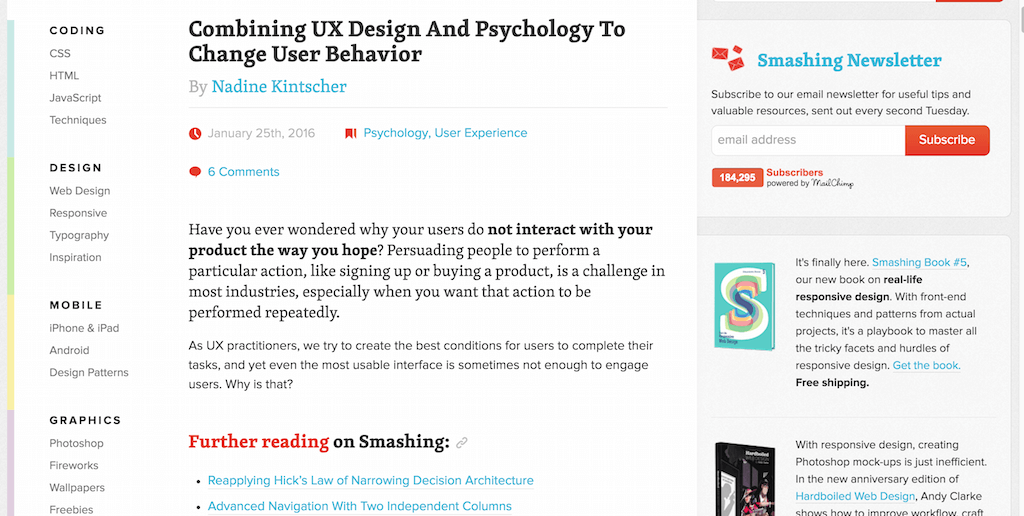
This last piece was published earlier in the year. It’s about UX design and user psychology that could affect user behavior. This is another magnificent example of how quickly psychology makes its way into design. Also, it shows how much more crucial it will be for designers to understand psychology. Moreover, it shows how psychology affects the brains of normal-thinking people. As designers, our brains can run faster than fellow users only using our service. Finding the needed balance between both is a tough nut to crack, but eventually, you’ll do it.
The landscape of UX design
Web designers with proficient user experience design skills will remain in high demand. It’s because the process of design evolution doesn’t stop. New frameworks and libraries allow designers to achieve stellar results that haven’t been achieved before. Startups will continue to invest big money in creative designers who can bring a layer of authenticity to their work. Even the tutorials we’ve listed, all praise the possibilities of UX design, and what the future holds for this area. The more you practice, the easier it will be to develop new and unique content presentation methods.

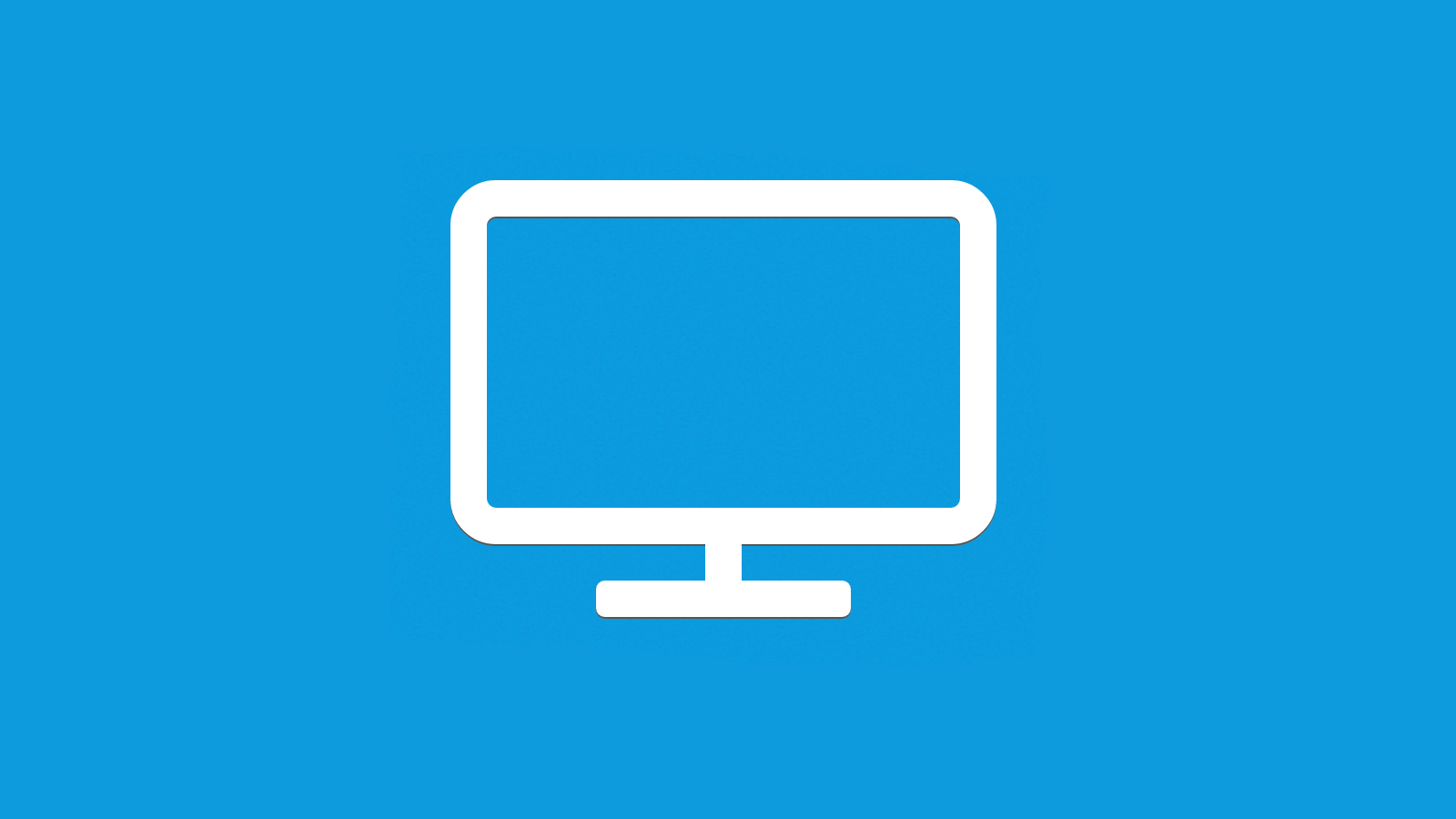
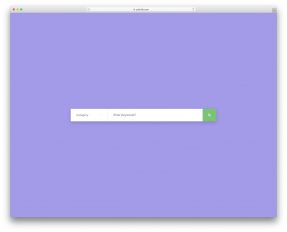





This Post Has 0 Comments